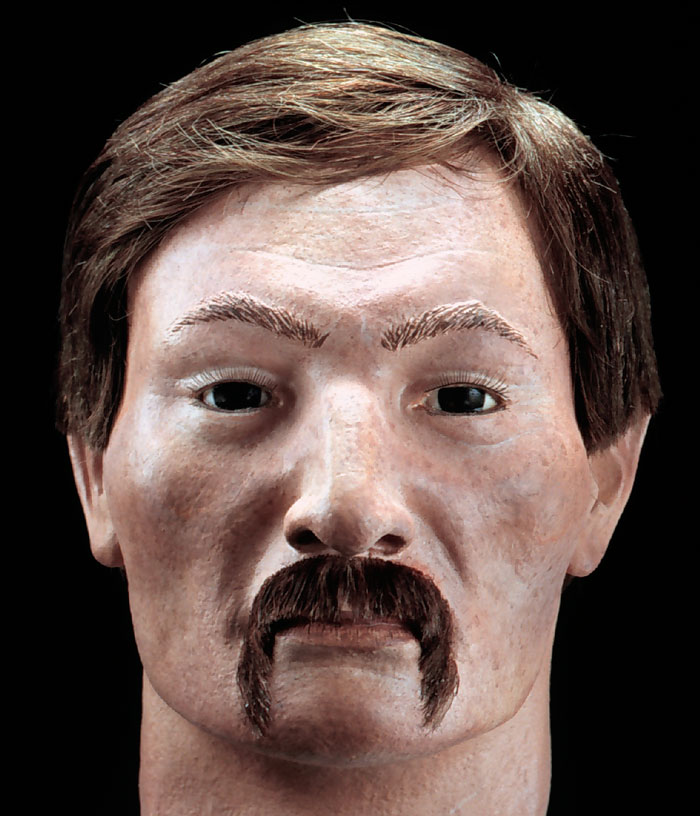Joseph Ridgaway was second-in-command the night the H. L. Hunley became the first successful combat submarine in world history, a feat that would have no doubt made his father proud.
Ridgaway was raised to be a sailor. Born in late 1833 to James and Elizabeth Ridgaway, Joseph was from Talbot County, Maryland. His father was a prosperous sea captain who owned several merchant vessels. Young Joseph grew up on the open water. He was just 16 when he earned his Seaman’s Protection Certificate, rating him as an experienced seaman.
On August 29, 1862, Ridgaway joined the Confederate States Navy in Richmond, Virginia. Like four other members of the Hunley crew, he had been assigned to the CSS Indian Chief in Charleston, South Carolina. Pay rosters from that vessel first note Ridgaway onboard in early 1863.
Initially, Ridgaway’s only duty on the Hunley was to operate one of the cranks that powered the submarine. But when William Alexander, one of the submarine’s builders, was called back to Mobile, Alabama in early 1864, Dixon promoted Ridgaway to fill his place as second-in-command. In this position he was responsible for securing the aft hatch, manning the seventh crank and operating the aft pump, the seacock, and the flywheel.
While Ridgaway was just over 30 years old, he was also one of the most experienced sailors onboard. “Dixon’s selection of Ridgaway to the position of second-in-command must have been based in part on his extensive experience at sea,” said Maria Jacobsen, Senior Archaeologist on the Hunley project.
During excavation of the Hunley, Ridgaway’s remains were found associated with a slouch hat, pencil, and a wooden pipe. Perhaps most intriguing among the discoveries related to Ridgaway was an item he wore around his neck: the ID tag of a Union soldier named Ezra Chamberlin.
Chamberlin died at the Battle of Morris Island in 1863, and some seaman onboard the Indian Chief served on picket duty around the island.
Linda Abrams, forensic genealogist researching the Hunley crew, said, “It is possible Ridgaway picked it up while at Morris Island on picket duty.”
Doug Owsley, forensic expert with the Smithsonian Institution, conducted analysis of Ridgaway’s remains and found he was 5 foot 10 inches tall. He had also suffered a broken nose and shoulder injuries, possibly from manning the crank on the Hunley. “Ridgaway definitely used tobacco and was moderately robust for his height,” Owsley said.
After Ridgaway was lost at sea the night the Hunley failed to return from her historic mission, his friend and shipmate on the Indian Chief, James Joiner, took the submariner’s personal belongings back to his family in Maryland. Joiner eventually married one of Ridgaway’s four sisters.
For the past year Hunley scientists have carefully studied the remains of the crew to determine which member was Ridgaway. To remove any doubt of Ridgaway’s identity, DNA testing from descendants of the Joiner family is currently underway.
Descendants of Ridgaway’s sister were in Charleston, South Carolina, on April 17, 2004, to witness the burial of their ancestor, Joseph Ridgaway, and the other members of the crew who now occupy an honored place in maritime history.


